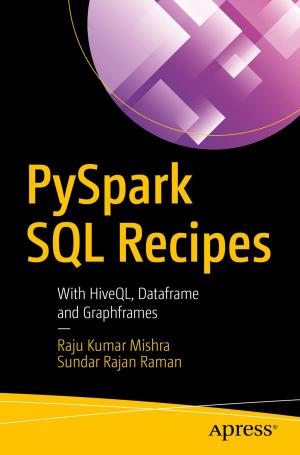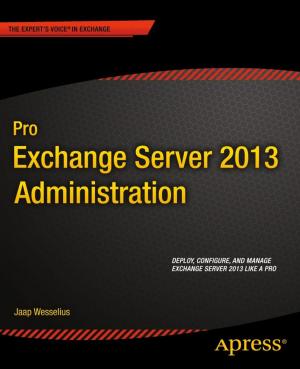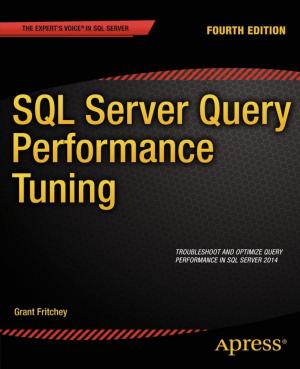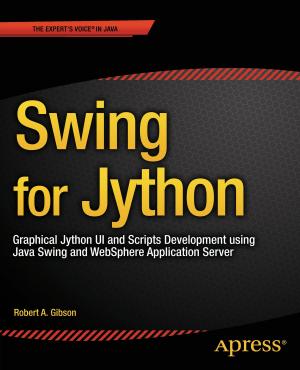Practical Enterprise Software Development Techniques
Tools and Techniques for Large Scale Solutions
Nonfiction, Computers, Database Management, Data Processing, Programming, Software Development, General Computing| Author: | Edward Crookshanks | ISBN: | 9781484206201 |
| Publisher: | Apress | Publication: | March 3, 2015 |
| Imprint: | Apress | Language: | English |
| Author: | Edward Crookshanks |
| ISBN: | 9781484206201 |
| Publisher: | Apress |
| Publication: | March 3, 2015 |
| Imprint: | Apress |
| Language: | English |
This expanded and updated edition of "Practical Enterprise Software Development Techniques" includes a new chapter which explains what makes enterprise scale software development different from other development endeavors. Chapter 4 has been expanded with additional coverage of code review, bug tracker systems and agile software applications. The chapter order has been changed in response to feedback from readers and instructors who have taught classes using the previous version (which was also published by Apress).
This book provides an overview of tools and techniques used in enterprise software development, many of which are not taught in academic programs or learned on the job. This is an ideal resource containing lots of practical information and code examples that you need to master as a member of an enterprise development team.
This book aggregates many of these "on the job" tools and techniques into a concise format and presents them as both discussion topics and with code examples. The reader will not only get an overview of these tools and techniques, but also several discussions concerning operational aspects of enterprise software development and how it differs from smaller development efforts.
For example, in the chapter on Design Patterns and Architecture, the author describes the basics of design patterns but only highlights those that are more important in enterprise applications due to separation of duties, enterprise security, etc.
The architecture discussion revolves has a similar emphasis – different teams may manage different aspects of the application’s components with little or no access to the developer.
This aspect of restricted access is also mentioned in the section on logging.
Theory of logging and discussions of what to log are briefly mentioned, the configuration of the logging tools is demonstrated along with a discussion of why it’s very important in an enterprise environment.
This expanded and updated edition of "Practical Enterprise Software Development Techniques" includes a new chapter which explains what makes enterprise scale software development different from other development endeavors. Chapter 4 has been expanded with additional coverage of code review, bug tracker systems and agile software applications. The chapter order has been changed in response to feedback from readers and instructors who have taught classes using the previous version (which was also published by Apress).
This book provides an overview of tools and techniques used in enterprise software development, many of which are not taught in academic programs or learned on the job. This is an ideal resource containing lots of practical information and code examples that you need to master as a member of an enterprise development team.
This book aggregates many of these "on the job" tools and techniques into a concise format and presents them as both discussion topics and with code examples. The reader will not only get an overview of these tools and techniques, but also several discussions concerning operational aspects of enterprise software development and how it differs from smaller development efforts.
For example, in the chapter on Design Patterns and Architecture, the author describes the basics of design patterns but only highlights those that are more important in enterprise applications due to separation of duties, enterprise security, etc.
The architecture discussion revolves has a similar emphasis – different teams may manage different aspects of the application’s components with little or no access to the developer.
This aspect of restricted access is also mentioned in the section on logging.
Theory of logging and discussions of what to log are briefly mentioned, the configuration of the logging tools is demonstrated along with a discussion of why it’s very important in an enterprise environment.















